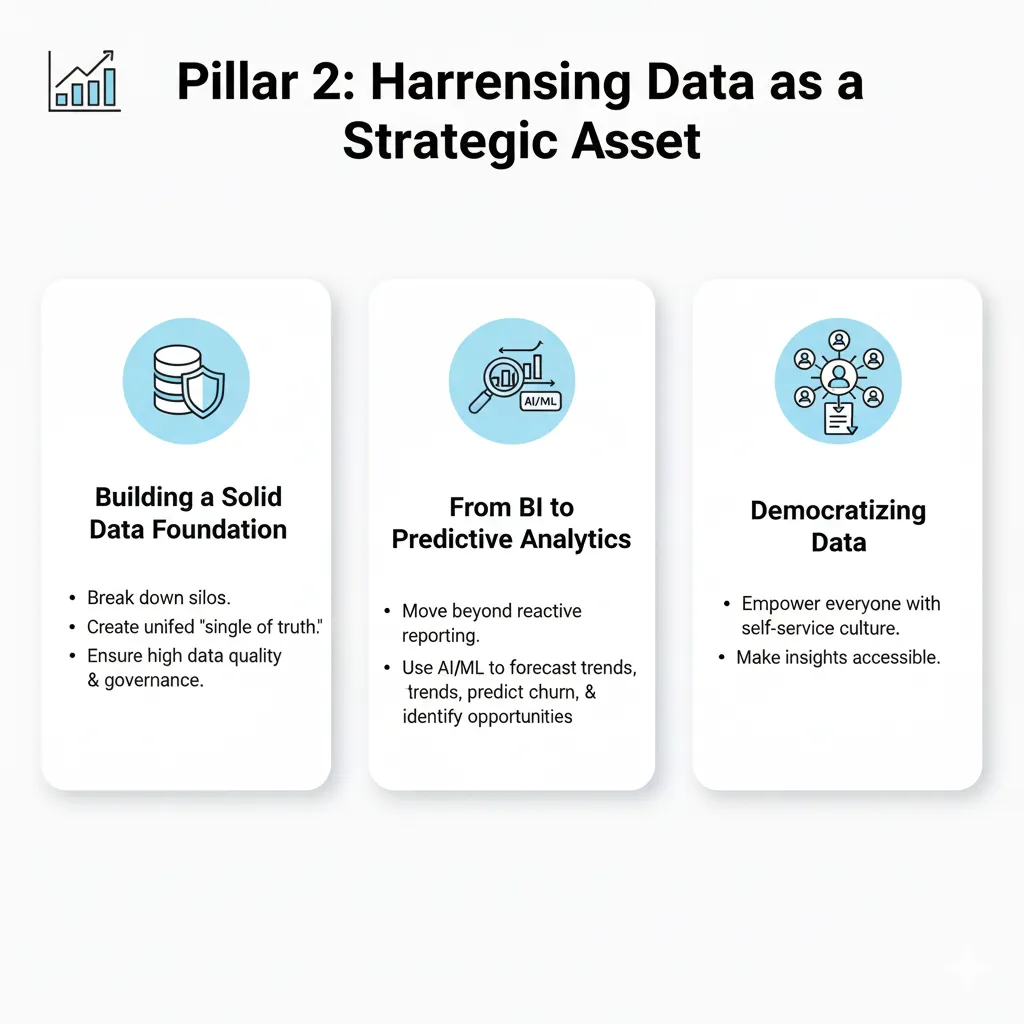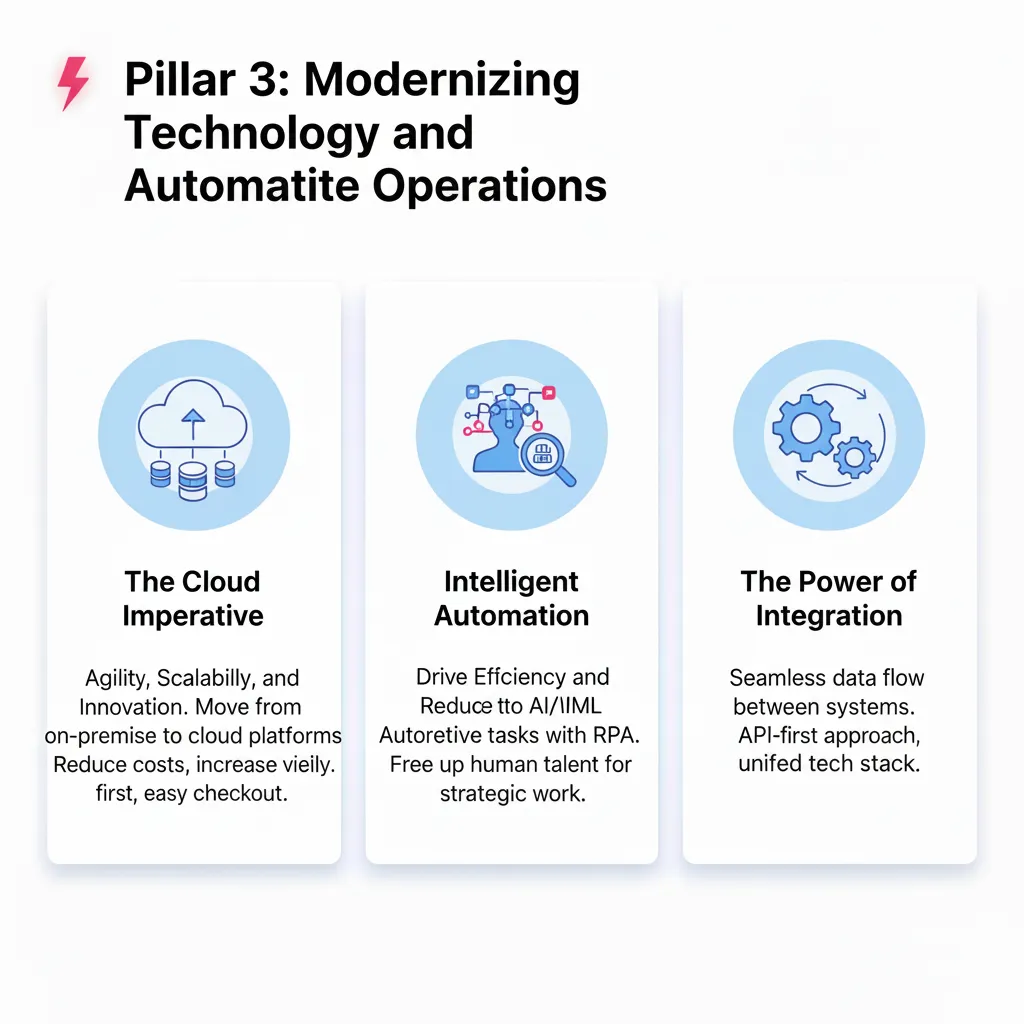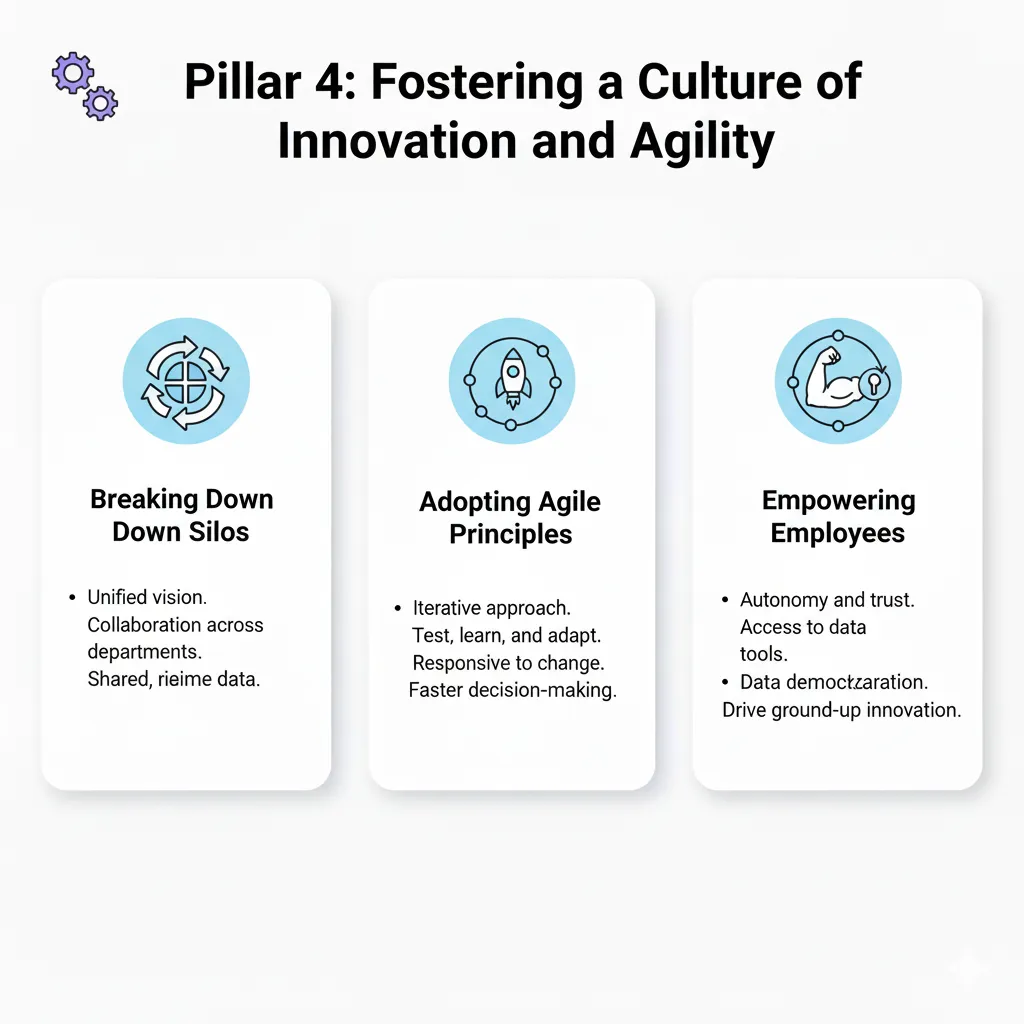
CRM Integration Mastery: Connecting Your Business Ecosystem
Modern businesses operate with dozens of specialized software applications, each serving specific functions but often creating data silos that limit operational efficiency. Customer relationship management systems have evolved beyond standalone applications to become central integration hubs that connect disparate business tools into cohesive, intelligent ecosystems. Mastering CRM integration transforms fragmented operations into streamlined processes that provide comprehensive customer insights and automated workflows.
The Integration Imperative
Disconnected business applications create numerous operational challenges that compound as businesses grow. Customer information becomes scattered across multiple systems, requiring manual data entry and creating opportunities for inconsistencies and errors. Team members waste time switching between applications and recreating information that already exists in other systems.
Without integration, customer experiences suffer because different departments operate with incomplete information. Sales teams might not see recent support tickets, marketing teams might not know about customer satisfaction issues, and customer service representatives might lack context about ongoing sales opportunities.
Data Silos prevent businesses from developing comprehensive customer understanding that drives superior experiences and strategic decisions. Information trapped in individual applications can't contribute to predictive analytics, customer scoring, or intelligent automation that characterizes leading organizations.
Manual data transfer between systems introduces errors and delays that impact customer satisfaction and operational efficiency. Order information might not flow automatically to inventory systems, causing fulfillment delays. Customer preference updates might not reach marketing systems, resulting in irrelevant communications.
Strategic Integration Planning
Effective CRM integration requires systematic analysis of current business processes and identification of information flows that could benefit from automation. Map how customer data moves through your organization, identifying points where manual intervention creates bottlenecks or opportunities for errors.
Process Mapping reveals integration opportunities that provide the highest impact on operational efficiency and customer experience. Start with customer-facing processes like lead generation, sales pipeline management, and customer service workflows that directly affect revenue and satisfaction.
Prioritize integrations based on frequency of data transfer, potential for error reduction, and impact on customer experience. High-frequency, error-prone processes that affect customer satisfaction should be addressed first, while less critical integrations can be implemented as time and resources permit.
Technology Assessment evaluates the integration capabilities of your current business applications and identifies any limitations that might affect implementation. Some legacy systems might require middleware or custom development to achieve effective integration with modern CRM platforms.
Data standardization becomes crucial for successful integration. Establish consistent formats, naming conventions, and data definitions across all business systems to ensure seamless information exchange and accurate automated processes.
Core Integration Categories
Marketing Automation Integration creates seamless lead generation and nurturing workflows that automatically transfer prospects from marketing campaigns to sales pipelines. Lead scoring data flows automatically to prioritize sales efforts, while sales feedback improves marketing campaign targeting and effectiveness.
Email marketing platforms should integrate bidirectionally with CRM systems to ensure comprehensive communication tracking and automated list management. Customer preferences, engagement data, and lifecycle stage information should flow automatically between systems to enable personalized, relevant communications.
Customer Service Integration provides sales and marketing teams with complete customer interaction history, including support tickets, product issues, and satisfaction feedback. This integration enables proactive customer management and ensures service issues are considered in expansion and retention strategies.
Support ticket systems should automatically create CRM tasks for follow-up activities, update customer satisfaction scores based on service interactions, and alert account managers when valuable customers experience service issues.
Financial System Integration automates invoice generation, payment tracking, and financial reporting while providing sales teams with real-time customer account status information. Credit holds, payment delays, and billing issues can automatically trigger appropriate sales and service actions.
Accounting integration enables accurate revenue recognition, commission calculations, and financial forecasting based on CRM pipeline data. Sales forecasts become more reliable when they're connected to actual financial performance and collection patterns.
Advanced Integration Capabilities
E-commerce Platform Integration creates unified customer experiences that span online and offline interactions. Website behavior data enriches CRM customer profiles while CRM data personalizes website experiences and product recommendations.
Inventory management integration ensures sales teams have real-time product availability information and can provide accurate delivery commitments. Automated alerts notify relevant teams when popular products reach low inventory levels or when customer demand patterns change.
Communication Platform Integration captures all customer interactions regardless of channel, including phone calls, video meetings, chat sessions, and social media interactions. This comprehensive communication history provides context for every customer interaction and enables intelligent automation based on communication preferences.
Video conferencing integration can automatically schedule follow-up tasks, capture meeting recordings in customer records, and trigger appropriate next steps based on meeting outcomes and participant feedback.
Analytics and Business Intelligence Integration combines CRM data with broader business metrics to provide comprehensive performance insights. Customer acquisition costs, lifetime value calculations, and retention analytics become more accurate when they incorporate data from all business systems.
Implementation Best Practices
Phased Rollout Strategy reduces implementation risk while building team confidence in integration capabilities. Start with simple, high-impact integrations before progressing to more complex workflow automation that spans multiple systems.
Data backup and recovery procedures become critical during integration implementation. Ensure you can restore previous system states if integration problems occur during initial deployment or ongoing operations.
Testing protocols should validate both individual integration functions and end-to-end workflows that span multiple systems. Test with realistic data volumes and scenarios to identify potential performance issues before they affect customer experiences.
User Training should focus on business process changes rather than just technical features. Help team members understand how integration capabilities change their daily workflows and what new possibilities become available through connected systems.
Monitoring and maintenance procedures ensure integrations continue operating effectively as business systems evolve and data volumes grow. Establish regular health checks and performance monitoring to identify issues before they disrupt operations.
Integration Security and Compliance
Connected systems create expanded security considerations that require careful planning and ongoing monitoring. Data encryption, access controls, and audit trails become more complex when information flows automatically between multiple applications.
Access Management should ensure that integration connections have appropriate permissions without creating security vulnerabilities. Use dedicated integration accounts with limited privileges rather than connecting systems with administrative credentials.
Compliance requirements might affect integration design, particularly for businesses in regulated industries or those handling sensitive customer information. Ensure integration workflows maintain appropriate data handling and retention practices across all connected systems.
Regular security audits should evaluate integration points as potential vulnerabilities and ensure that security practices evolve along with integration complexity and business requirements.
Performance Optimization
Data Flow Optimization ensures integration processes operate efficiently without creating performance bottlenecks in connected systems. Schedule resource-intensive synchronization processes during off-peak hours and implement incremental updates rather than full data transfers when possible.
Error handling and retry logic prevent temporary connectivity issues from creating permanent data inconsistencies. Robust integration platforms include automatic retry capabilities and alert mechanisms that notify administrators when manual intervention is required.
Scalability Planning anticipates how integration performance might change as data volumes and user counts grow. Test integration performance under realistic load conditions and establish capacity planning procedures that prevent outages during peak usage periods.
ROI Measurement and Optimization
Integration return on investment includes both direct efficiency gains and indirect benefits from improved customer experiences and data-driven decision making. Track metrics like data entry time reduction, error rate improvements, and process automation success rates.
Customer Experience Metrics often improve significantly after integration implementation. Response times decrease, information accuracy improves, and service consistency increases when teams have access to comprehensive, real-time customer information.
Business intelligence capabilities expand dramatically when CRM integration connects customer data with operational, financial, and performance metrics from across the business. These enriched analytics enable more sophisticated customer segmentation, predictive modeling, and strategic planning.
Successful CRM integration creates sustainable competitive advantages through superior operational efficiency, enhanced customer experiences, and data-driven insights that would be impossible to achieve with disconnected systems. The investment in integration planning and implementation pays dividends through improved business performance and scalability that supports confident growth and market expansion.







